Toucans. Parrots. Motmots. Hummingbirds. When you think of birding in tropical countries like Costa Rica, often these are the types of birds that you expect to see. And you’d be correct! I recently returned from a five-day birding trip to the Costa Rican highlands, and we were lucky enough to see species in each of these bird families.
In fact, perhaps the highlight of our trip was one of the most extravagant species of trogon in the world – the Resplendent Quetzal! Revered for centuries and considered one of prettiest birds in the Americas, the Resplendent Quetzal is perhaps best known for the male’s extremely long uppertail feathers.
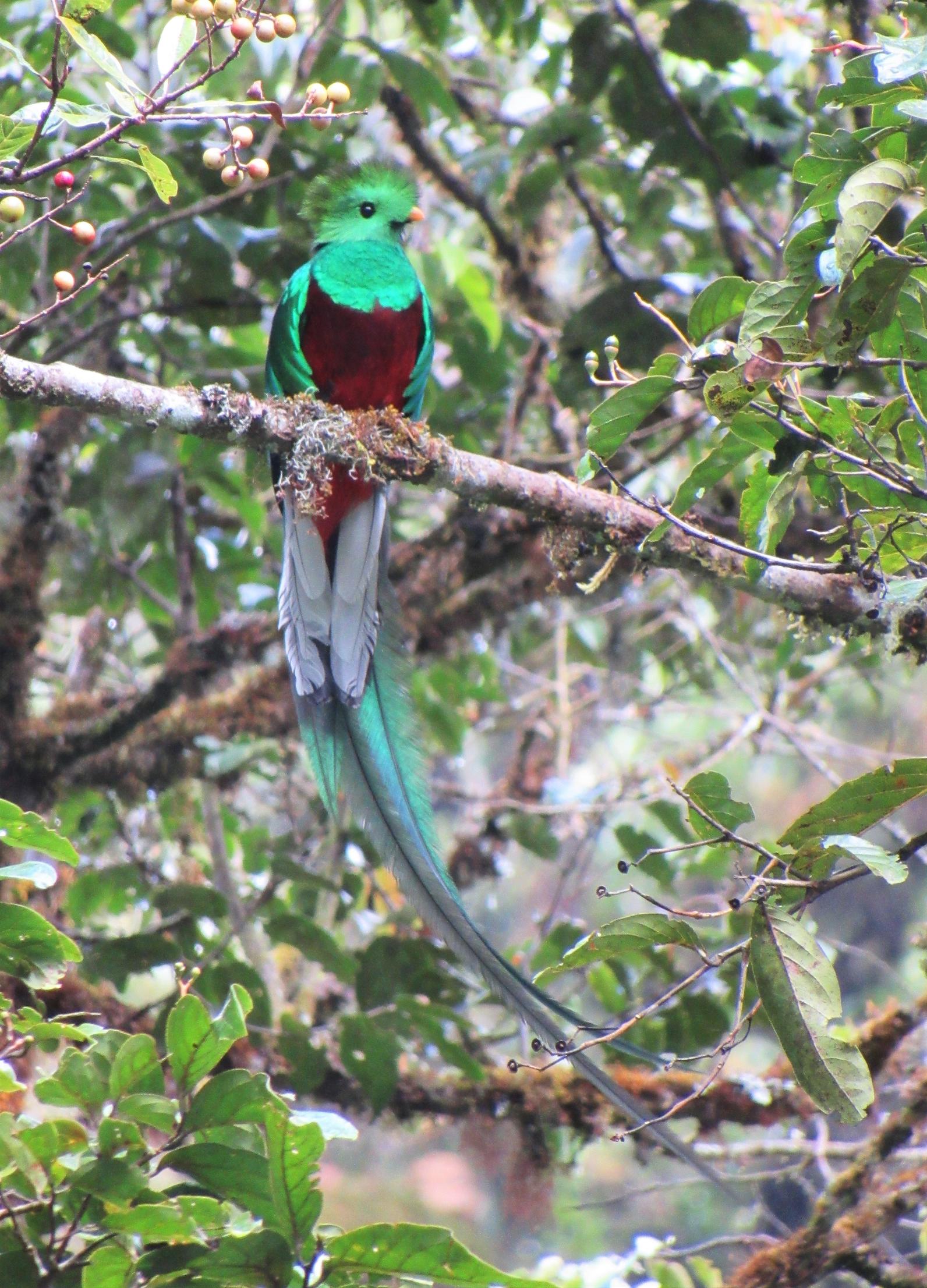
We were also fortunate enough to see 24 species of hummingbird while in Costa Rica, including beautiful species like the Fiery-throated Hummingbird and the Talamanca Hummingbird.
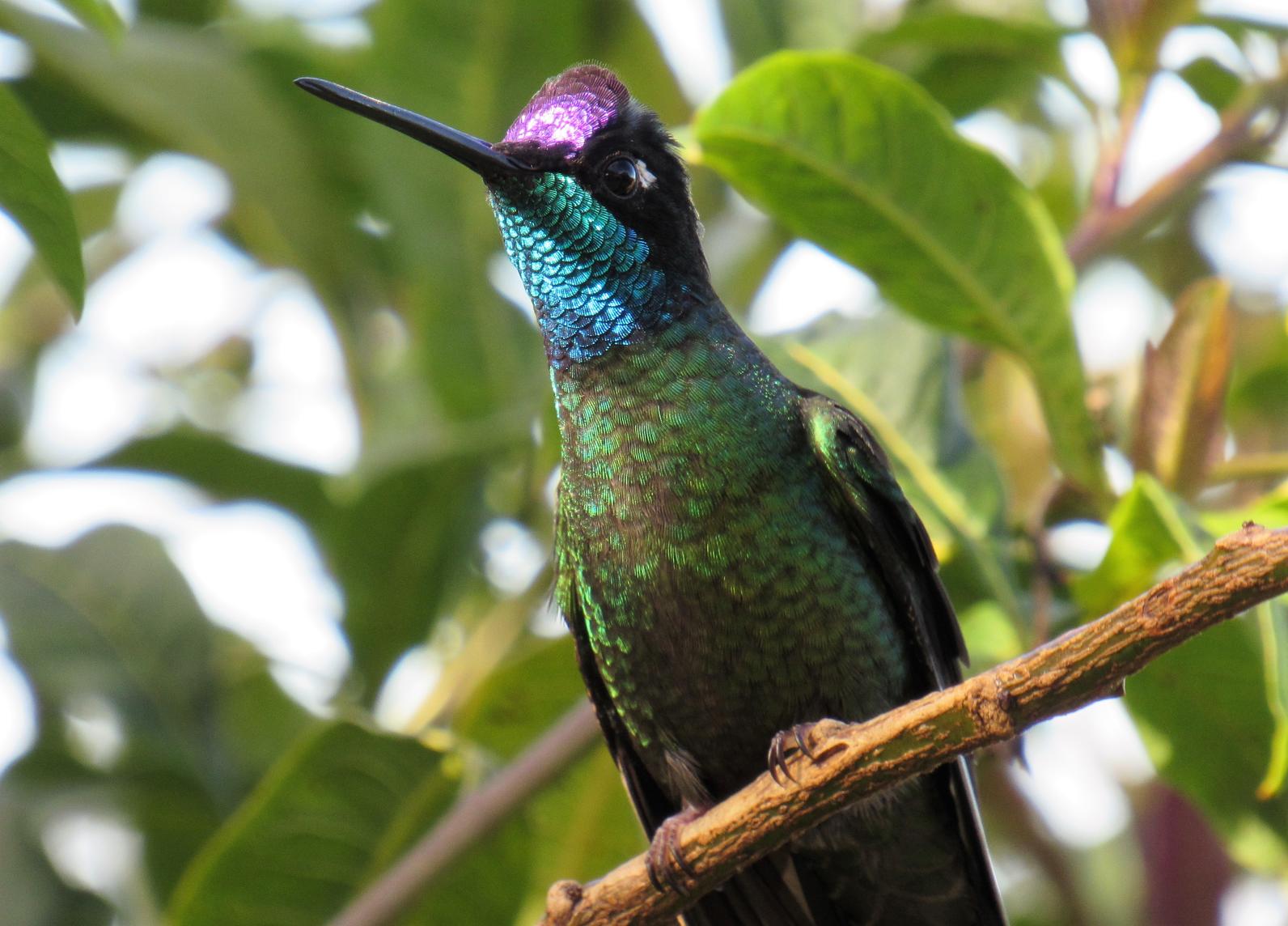
Other brightly-colored birds, with names like Chlorophonia, Saltator, Silky-Flycatcher, and Antshrike, were also encountered on our exotic adventure.
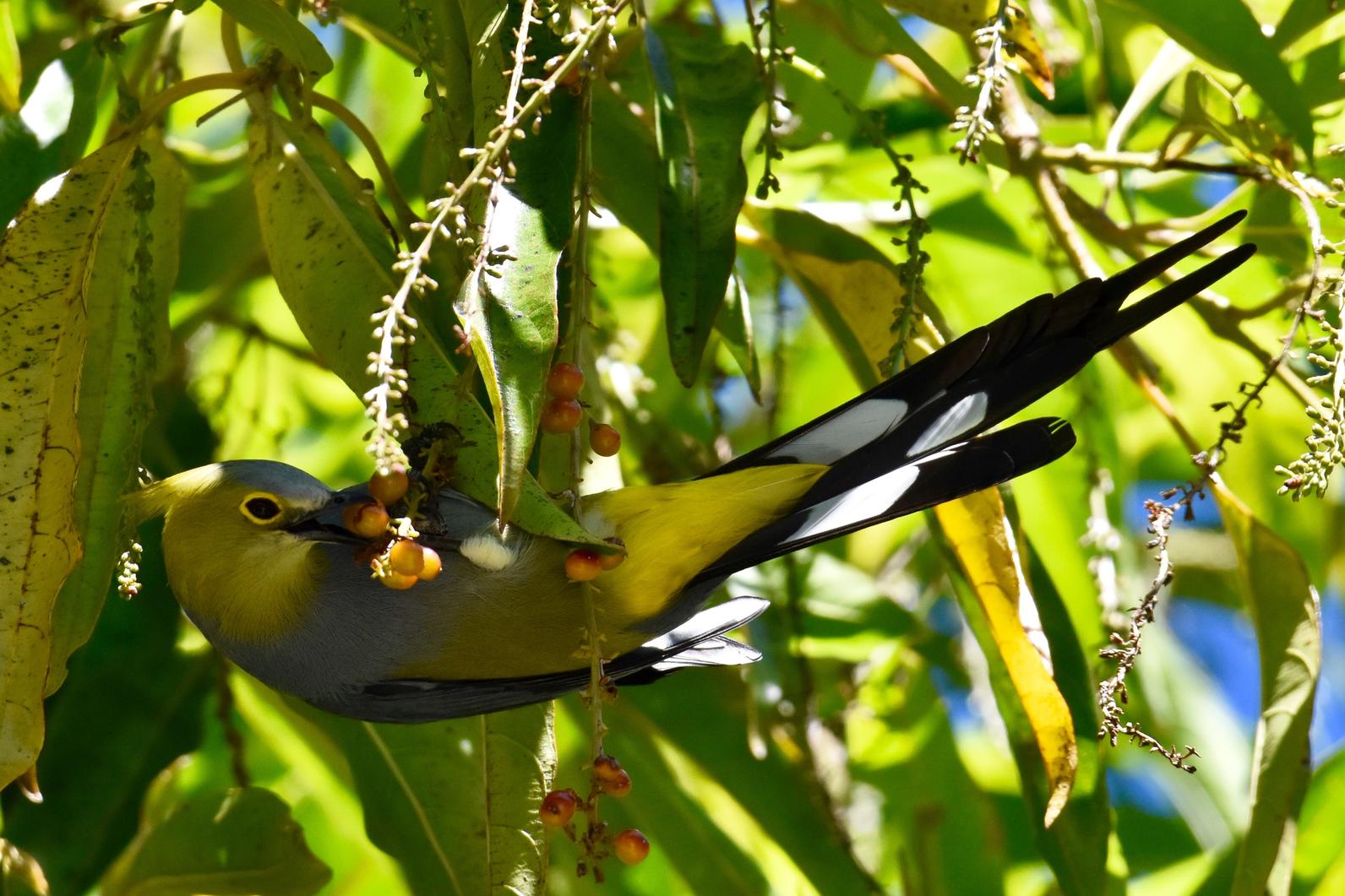
But for me, perhaps the most unique thing about birding in Costa Rica is the appearance of some very familiar faces. Many birds that we see in South Carolina in the breeding season, and during migration, spend their winters in Central and South America. So while my group was watching fruit feeders being visited by Northern Emerald-Toucanets, we were delighted to see Baltimore Orioles, Summer Tanagers and Rose-breasted Grosbeaks also coming in to feed.
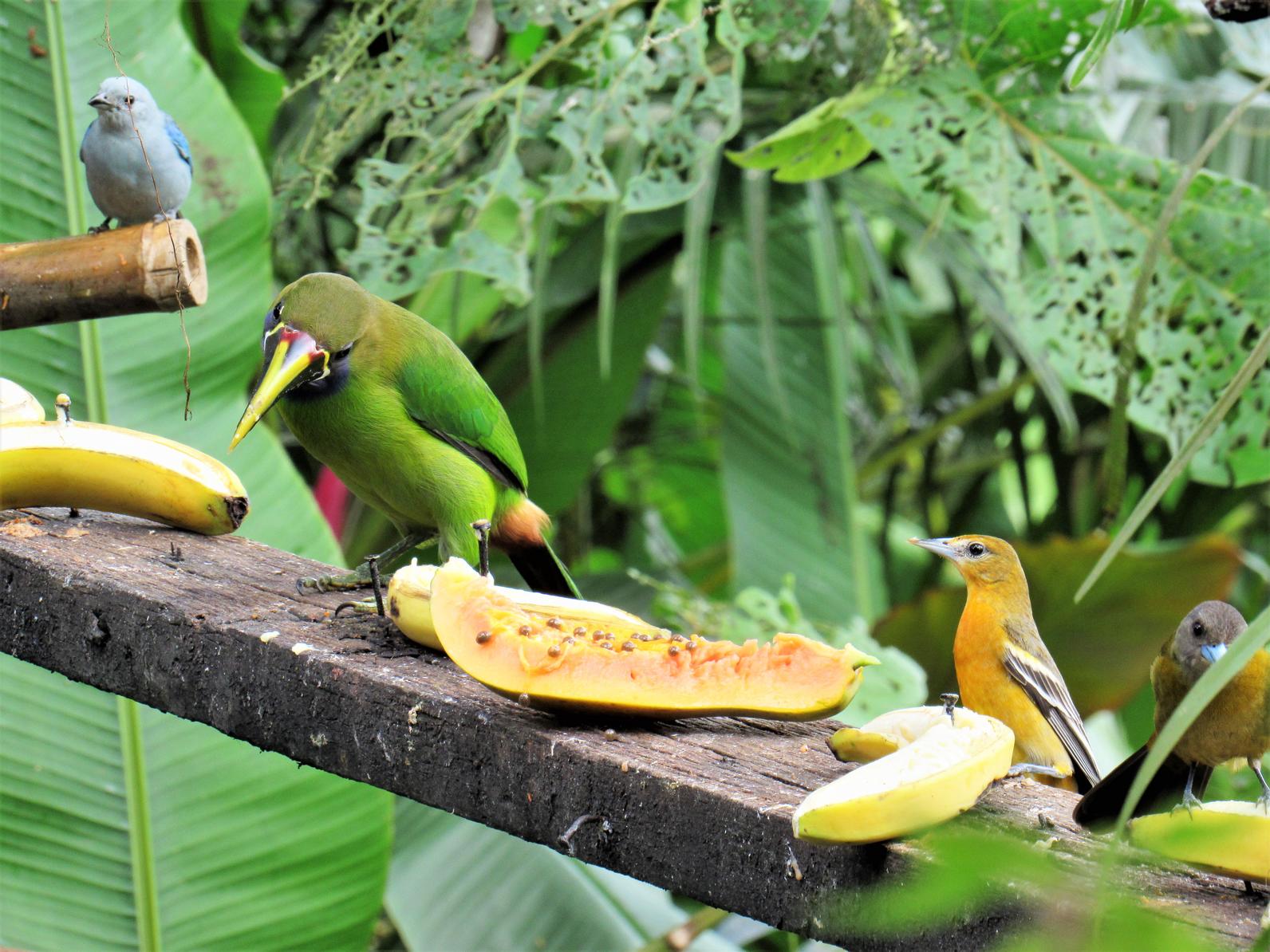
In addition, we tallied 21 species of warbler on our trip. At home in Charleston, I dream about a Fall migration where warblers are as abundant as old-fashioned oyster roasts. But we’re limited in South Carolina to just a few weeks during the Spring and Fall when these warblers are passing through in their greatest concentrations.
However, many warblers that nest in the U.S. and Canada spend the entire winter in Costa Rica and often are seen foraging with flocks of other species. Some of the warblers encountered on our trip include Golden-winged Warbler, Tennessee Warbler, Black-throated Green Warbler, Yellow Warbler, and Northern Waterthrush – all of which can be seen during migration in South Carolina!
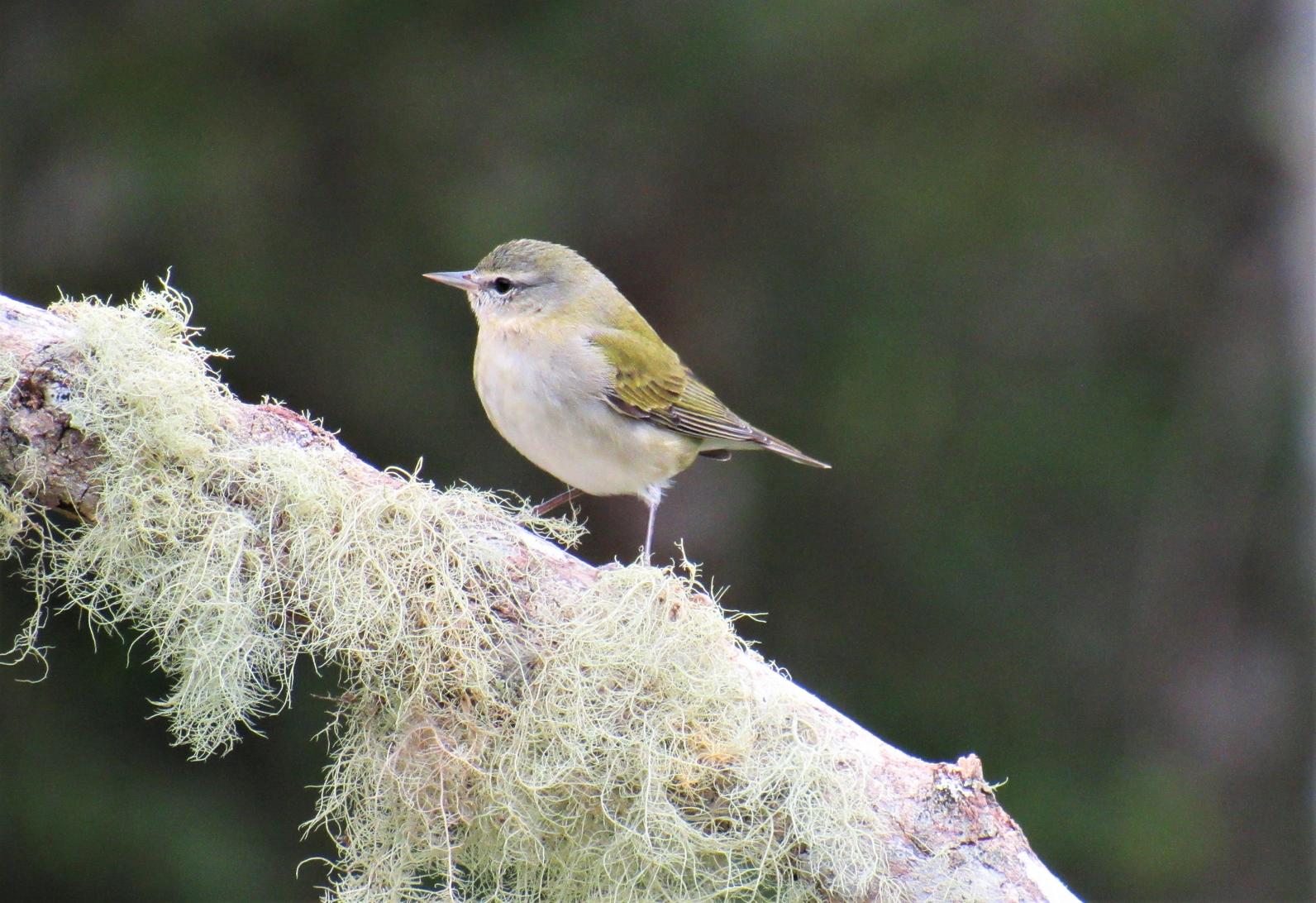
We so often think of birds in South Carolina as being “our birds.” Sometimes it takes a trip to a different country to realize that we only share these birds for part of their annual life cycle. This makes the job of conservation organizations like Audubon very difficult – birds, perhaps like no other group of organisms on Earth, transcend state, continental and sometimes even hemispheric boundaries. We have to work with partners to make sure that all parts of their annual life cycle – their breeding habitat, migration stopover spots, AND wintering grounds – are safe and healthy areas for these birds to exist.
I can’t say enough good things about Costa Rica, from the nature and the beauty to the culture and the traditional food. I encourage anyone interested in birds to consider a trip there – just don’t be surprised when you encounter some that remind you of home!





